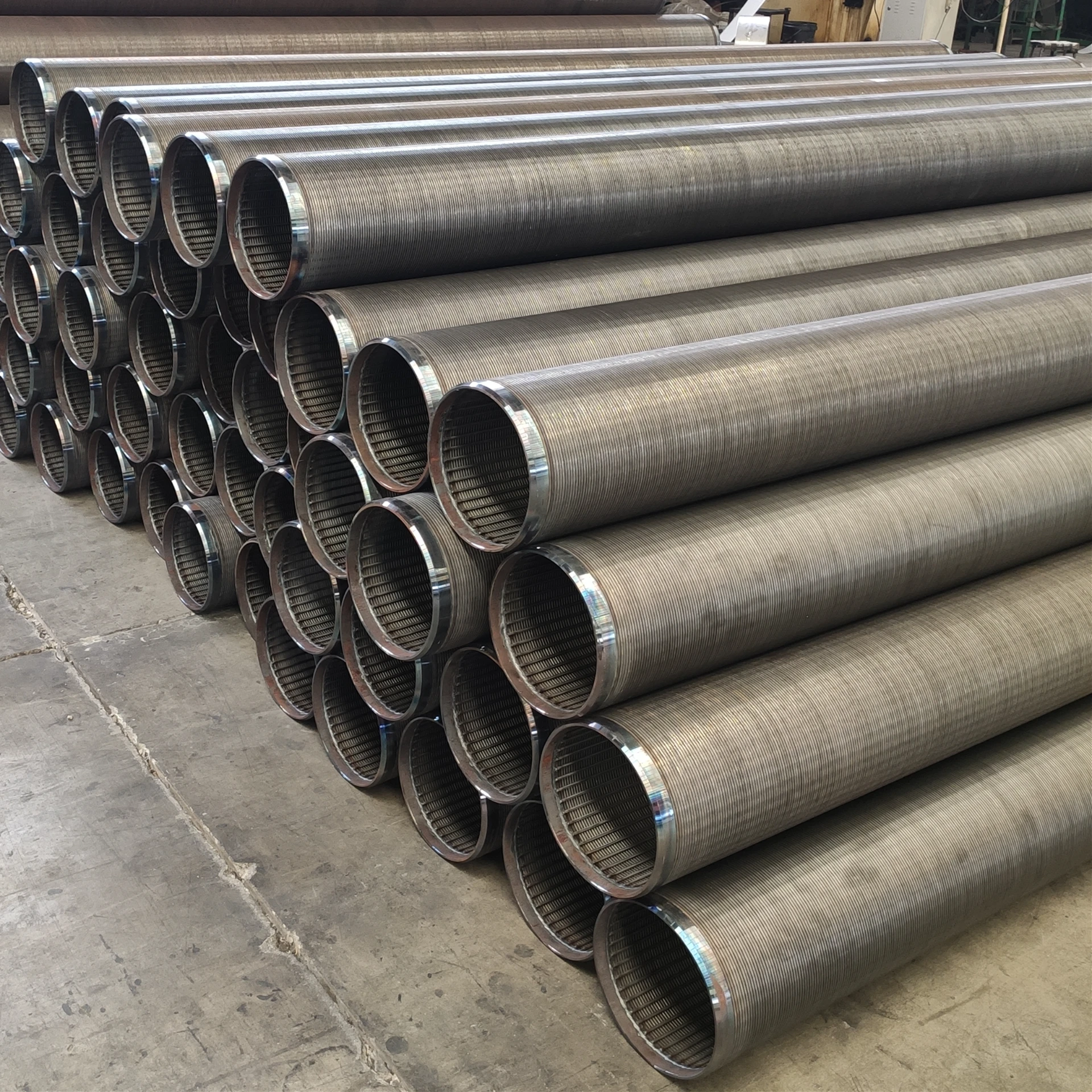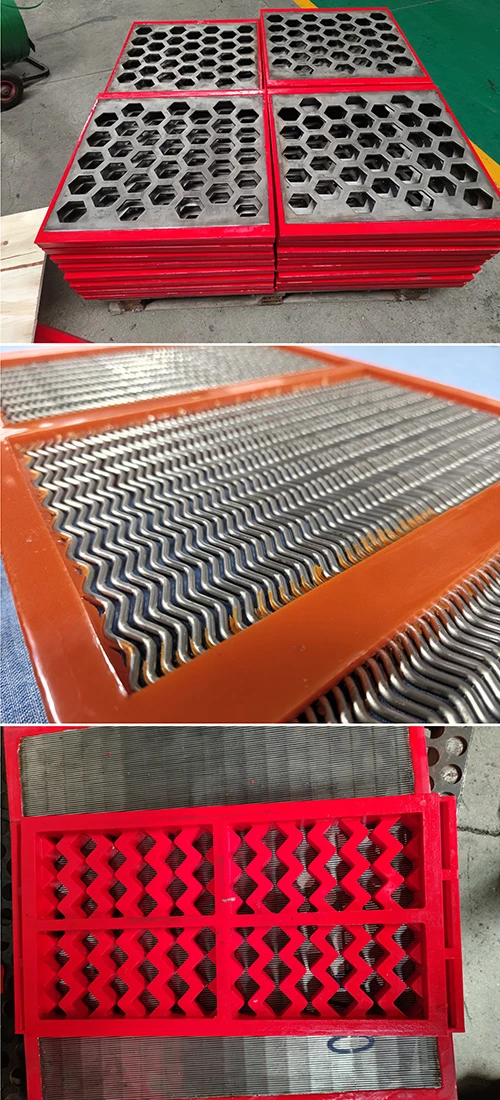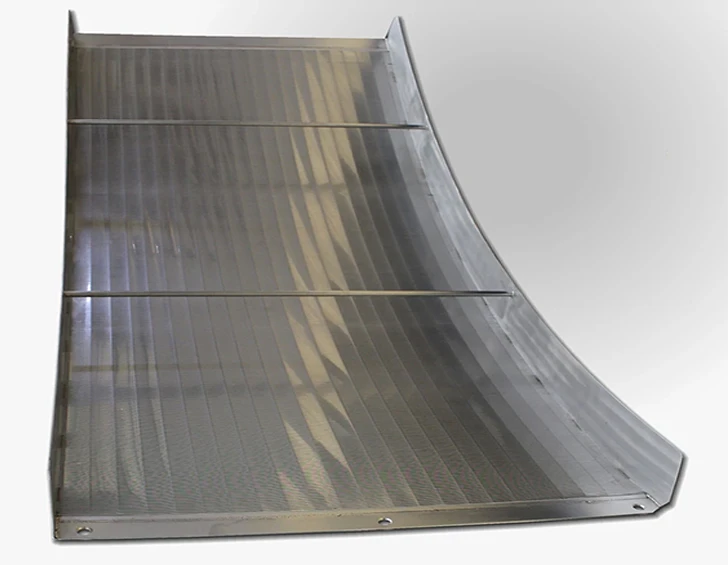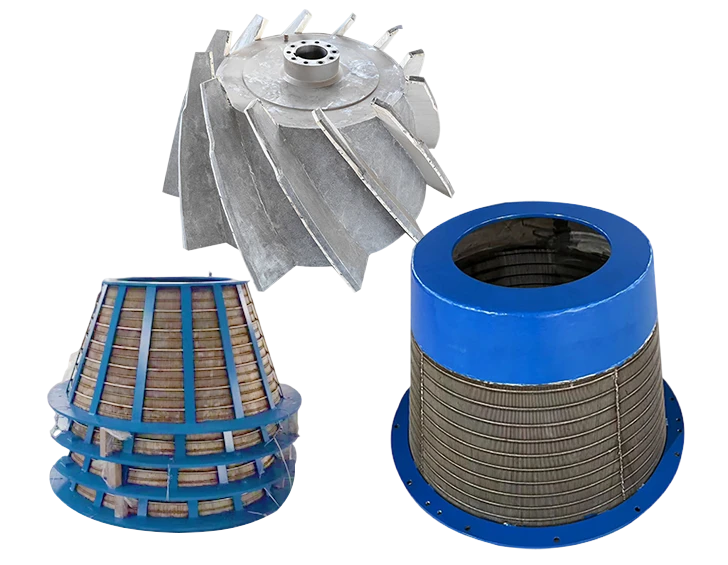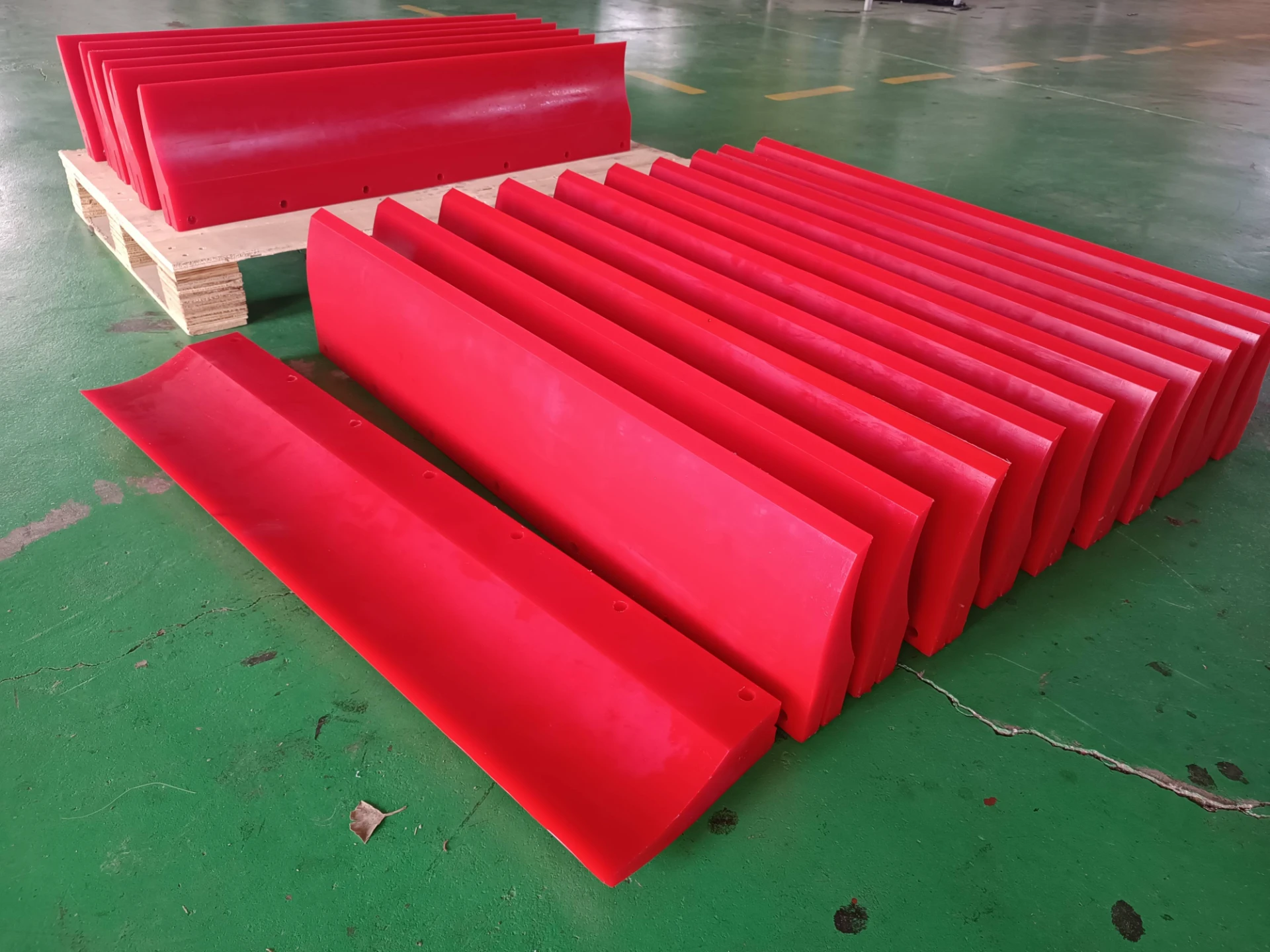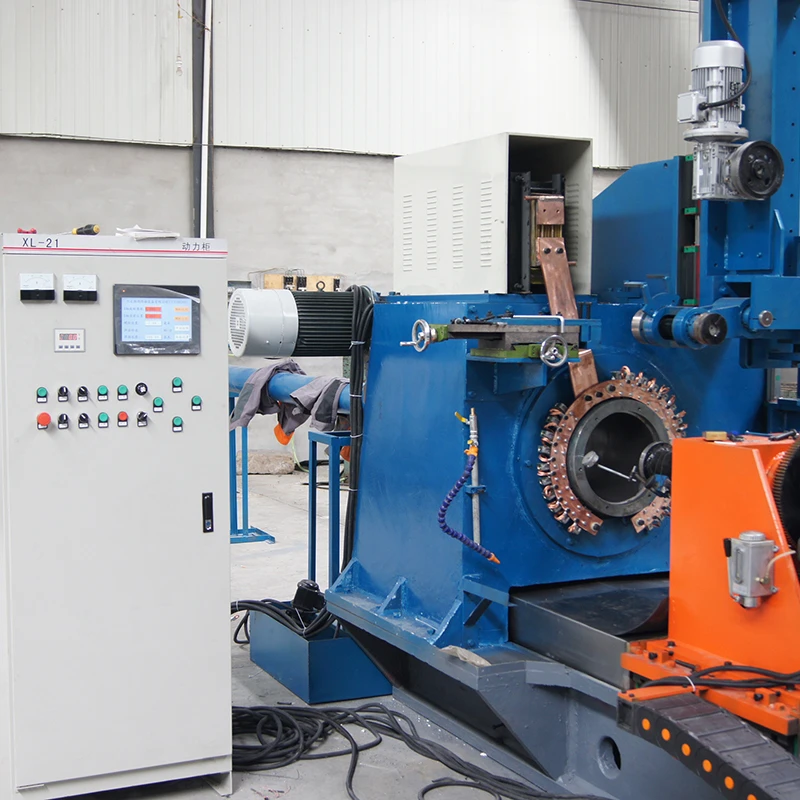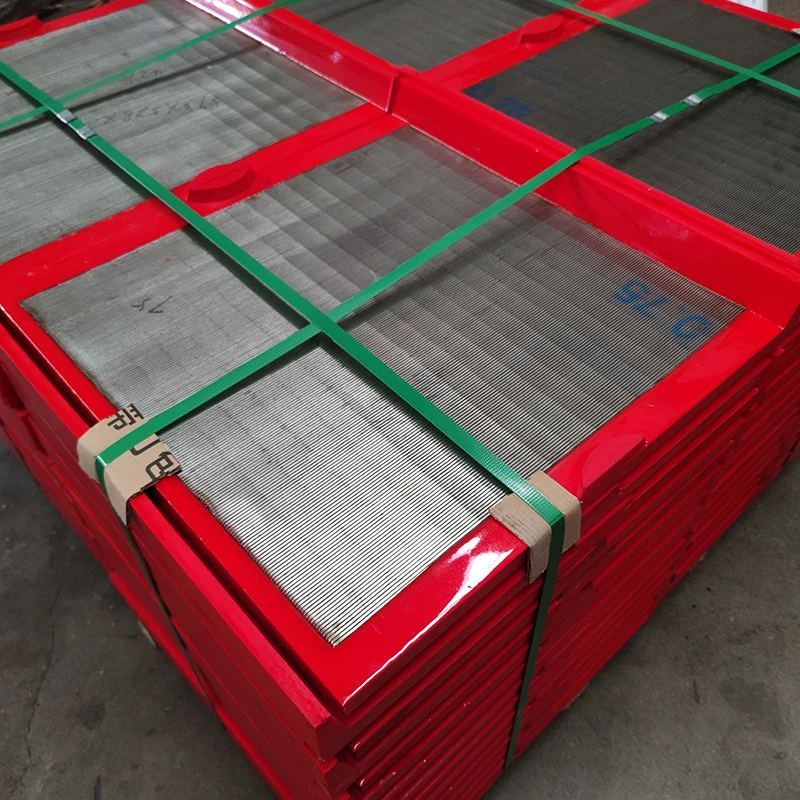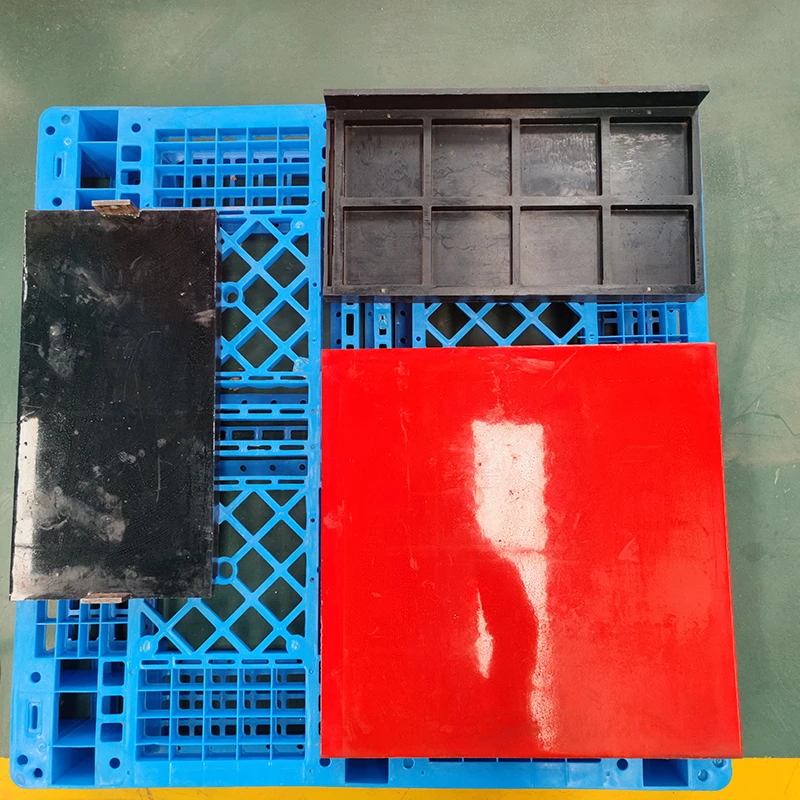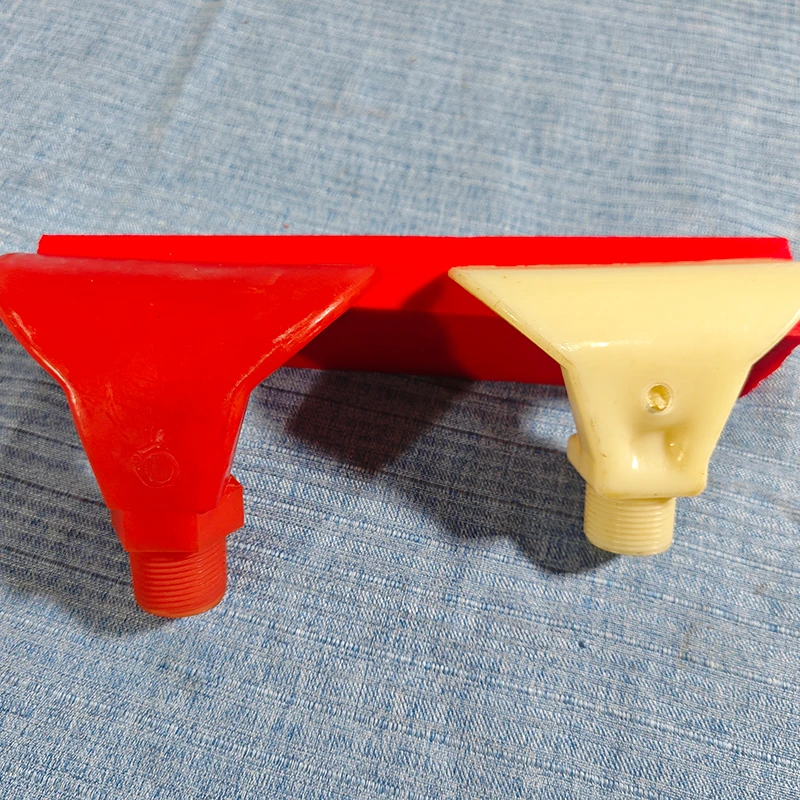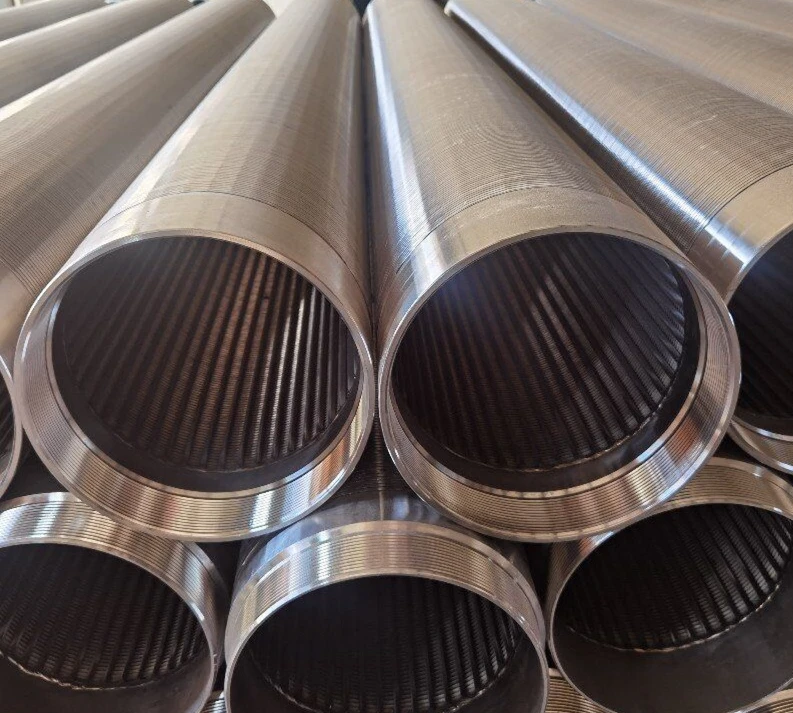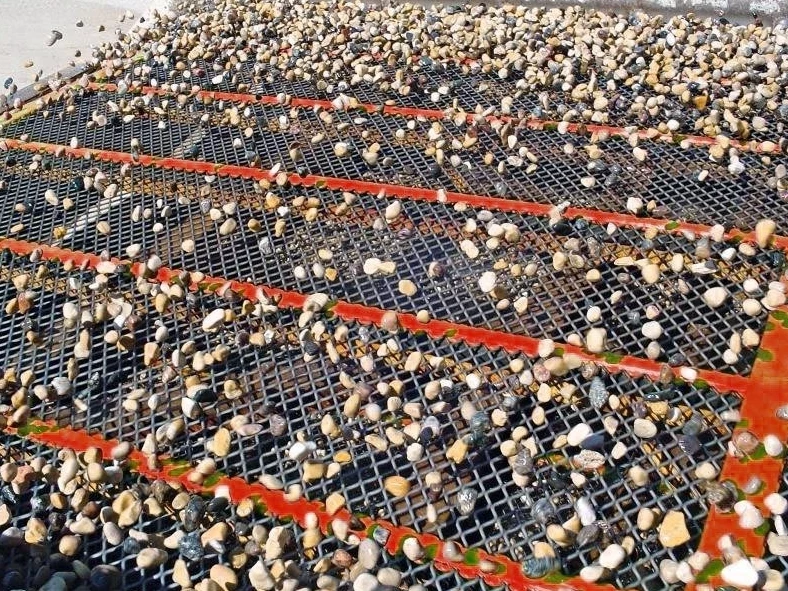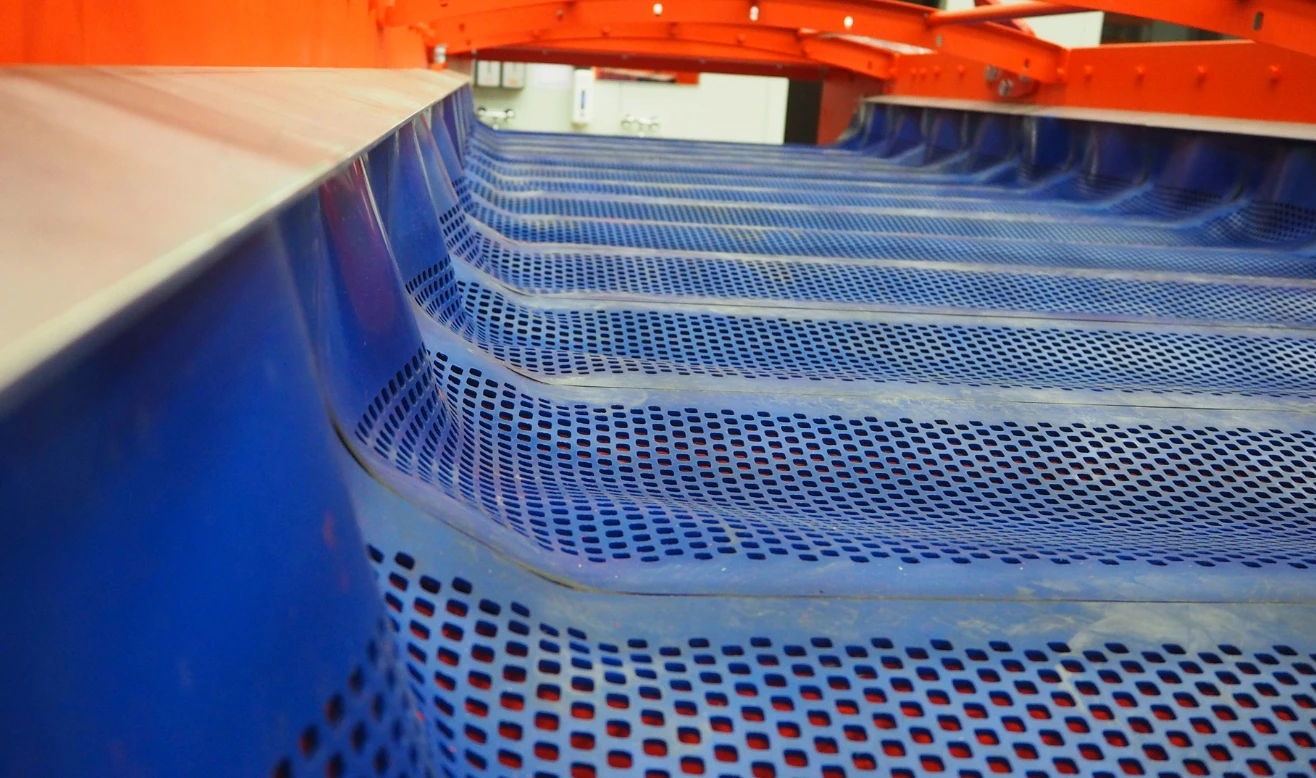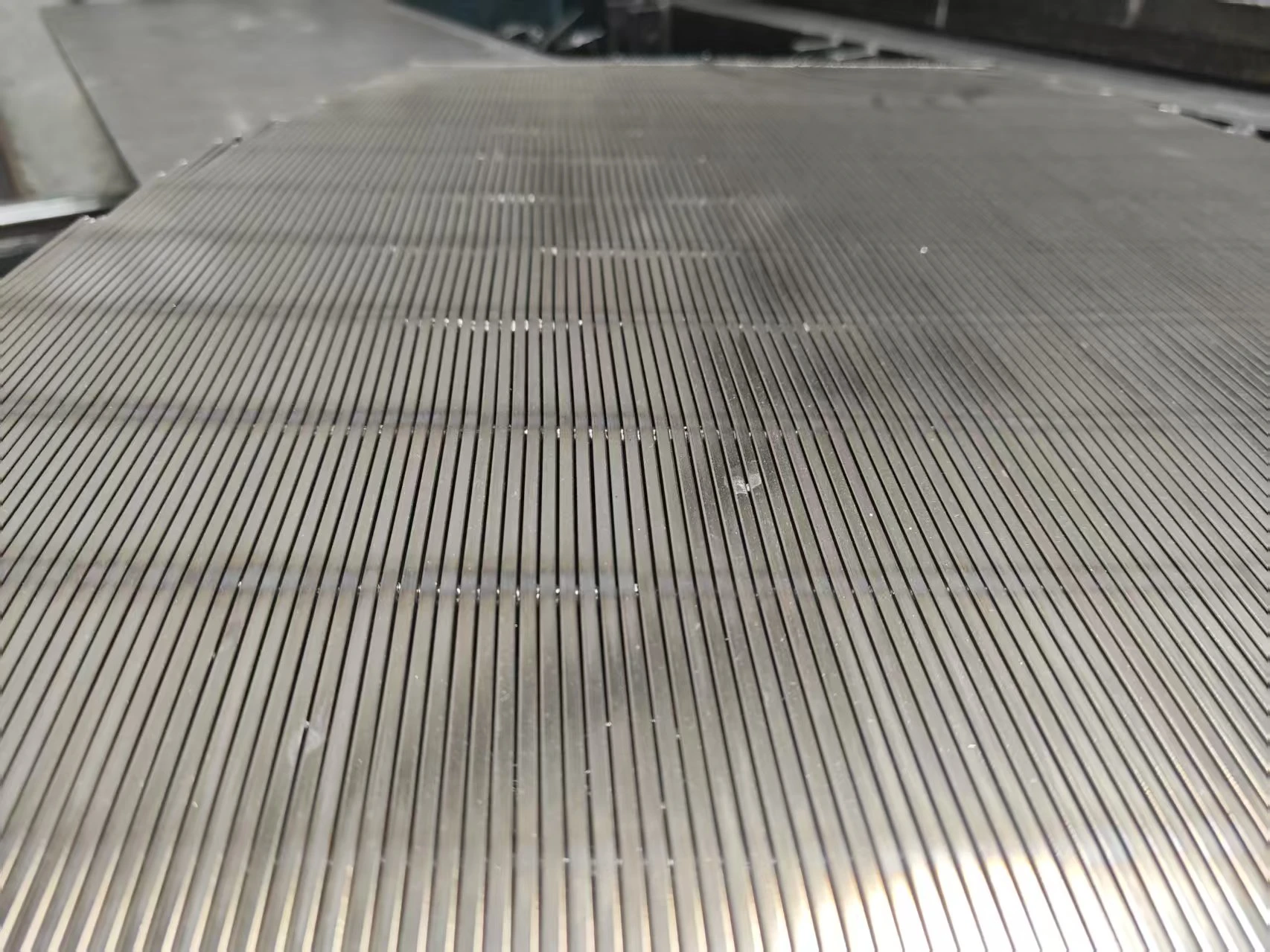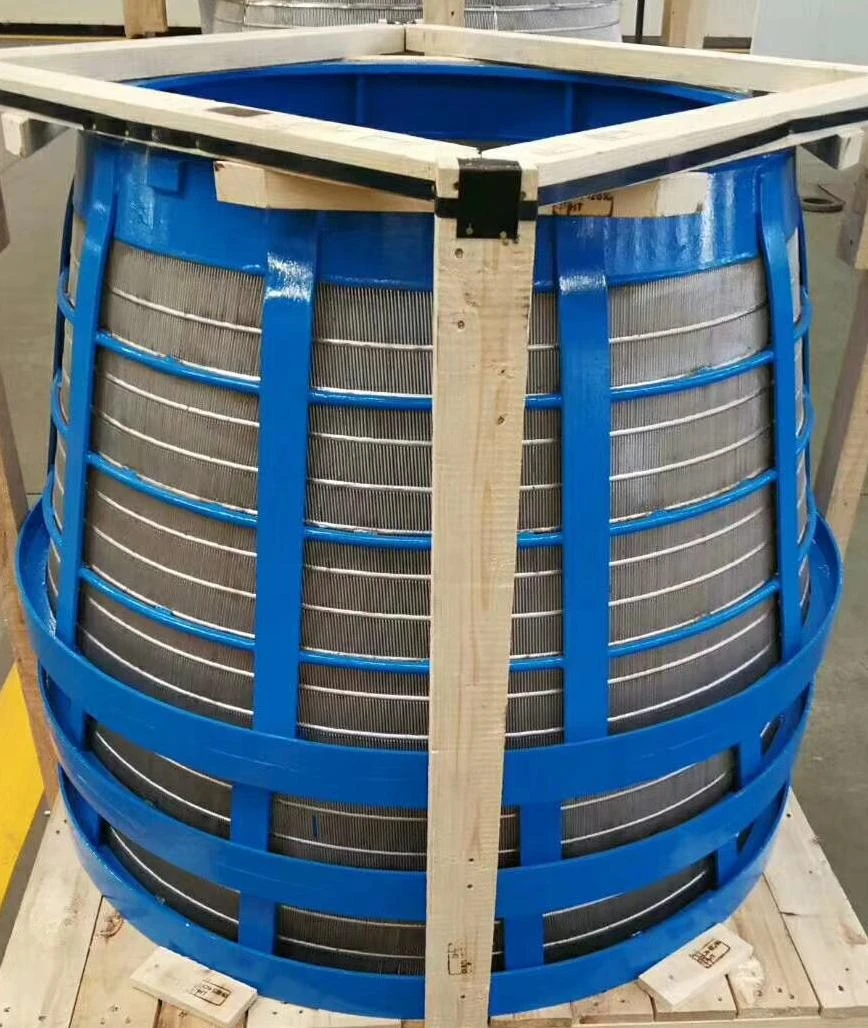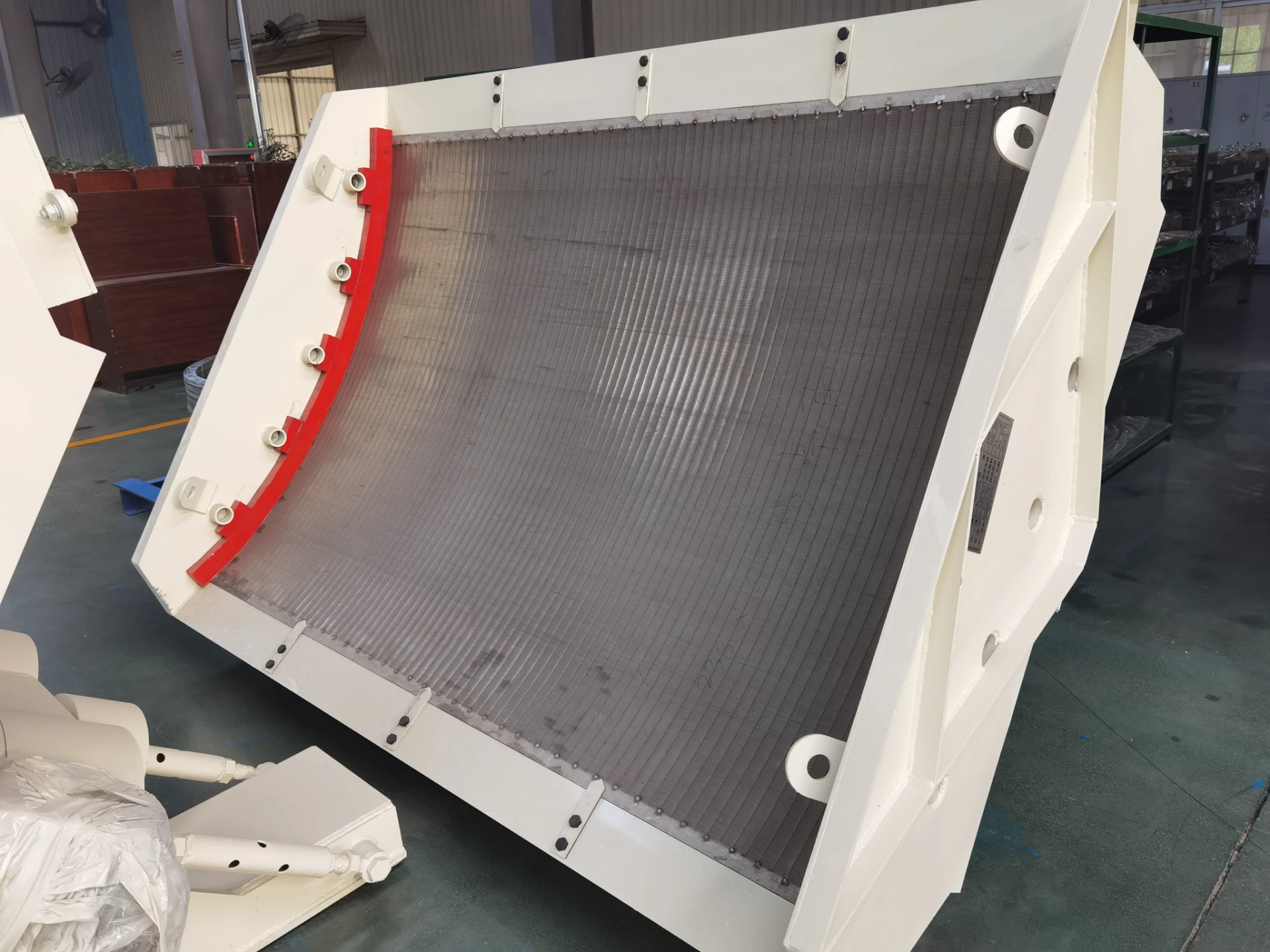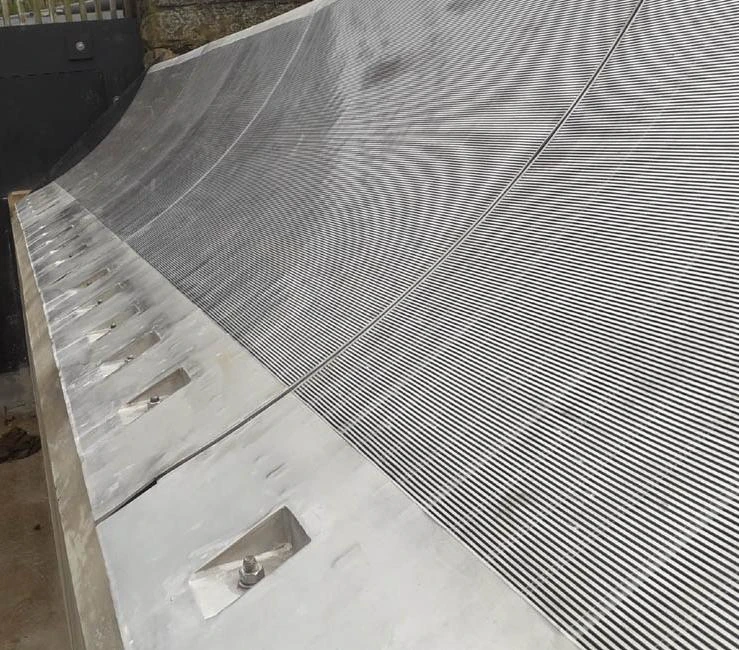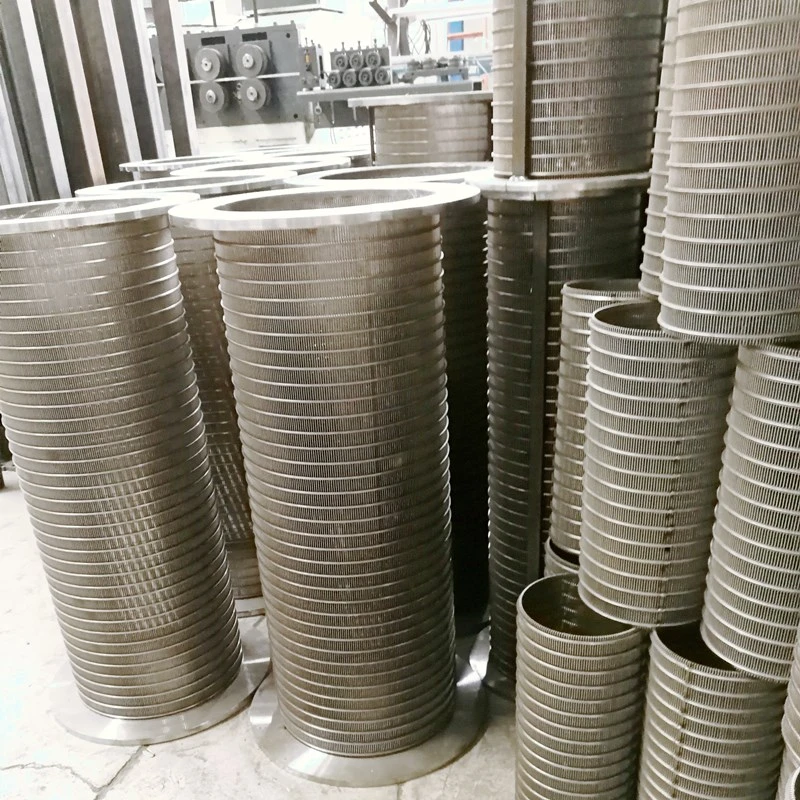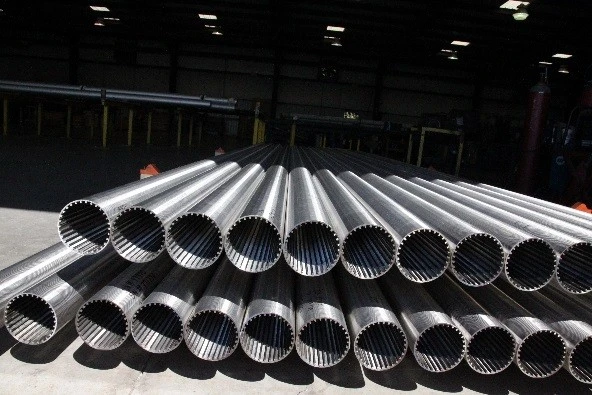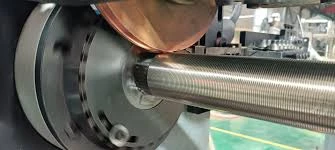In the demanding world of industrial filtration, particularly for water resources and mining, achieving high efficiency in fine particle separation is paramount. Among the advanced solutions available, Coanda screens stand out for their unique self-cleaning mechanism and exceptional performance in challenging applications like hydroelectric intakes and municipal water treatment. MUTO Wire Screen Co., Ltd., a leading innovator in precision screening solutions, leverages its deep expertise in wedge wire technology to engineer and manufacture highly efficient Coanda screen systems for large-scale projects globally.
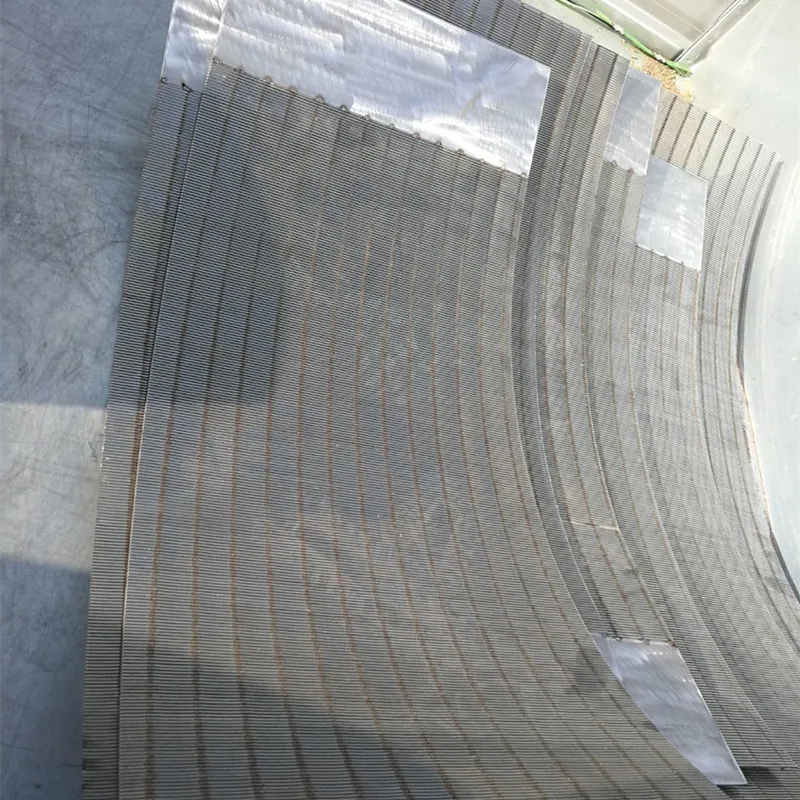
Founded in Anping County, renowned as the Capital of Wire Mesh, MUTO began its journey as Anping Zhanyuan Wire Mesh Factory in 2010. Building on a strong foundation in stainless steel mesh and mining screens, the company evolved, registering the "MUTO" brand in 2018. Strategic expansion followed with branches in Pingdingshan, Henan Province (2019), and Jixi, Heilongjiang Province (2023). Today, MUTO operates from significant manufacturing facilities – a 2500 m² workshop dedicated to mining screens and wedge wire filters, and a 2000 m² workshop for producing specialized screen welding equipment, supported by dozens of skilled R&D personnel. Their commitment to "smart technology to create products" is evidenced by 12 screen technology patents and 4 equipment patents, earning them recognition as a "National Science and Technology Small & Medium-Sized Enterprise" (2023) and a "High-Tech Enterprise" (2024). MUTO's comprehensive product range includes wedge wire screens, bend sieve screens, modular polyurethane sieves, woven steel mesh, perforated sheets, and crucially, the advanced welding machinery used to produce precision components like Coanda screens.
Harnessing Hydrodynamics: The Science Behind Coanda Screen Efficiency
The remarkable efficiency of the Coanda screen in separating fine particles stems directly from the clever application of the Coanda effect. This phenomenon describes how a fluid jet tends to follow a convex curved surface. In a Coanda screen, water carrying suspended solids flows over a panel of closely spaced, precisely angled wedge wires. The main water stream adheres to the curved profile of the wires (the Coanda effect), flowing smoothly over the screen surface and through the slots. Simultaneously, fine particles and debris carried near the screen surface are prevented from following this curved path. Instead, they are separated out by gravity or a small bypass flow, effectively washed clear of the slot openings by the adhering water layer. This continuous, passive self-cleaning action prevents blinding and clogging – a critical advantage over static screens – ensuring sustained high flow rates and separation efficiency, even with fine sediments, organic matter, or small aquatic life. This intrinsic efficiency makes Coanda screen systems ideal for protecting turbines in hydroelectric facilities or ensuring clean intake water for municipal supplies.
Optimizing Performance Through Strategic Coanda Screen Design
Achieving peak efficiency in fine particle separation relies heavily on meticulous Coanda screen design. MUTO's extensive experience in wedge wire fabrication and their proprietary welding machinery are central to this optimization. Key design parameters include:
- Slot Size (Aperture):Determines the cut-off point for particle separation. Precision control during welding ensures consistent slot widths (e.g., 1.0mm, 1.5mm), critical for targeting specific particle sizes.
- Profile Wire Tilt Angle:The angle at which the wedge wires are set (commonly 5° or 7°) directly influences the strength of the Coanda effect, the flow characteristics, and the self-cleaning efficiency. MUTO's design flexibility allows tailoring this angle to specific hydraulic conditions and separation requirements.
- Material Selection:Corrosion resistance is vital. MUTO utilizes high-grade stainless steels (304, 316, 316L) to ensure longevity in harsh aquatic environments.
- Structural Rigidity:For large-scale intakes, the screen panel must withstand significant hydraulic forces. MUTO's robust construction techniques, honed in mining screen applications, guarantee structural integrity.
The company's 12 screen technology patents reflect their ongoing R&D commitment to refining these design elements, pushing the boundaries of separation efficiency and durability for large-volume applications. Their ability to customize the Coanda screen design – from slot size and angle to overall panel configuration – ensures solutions are perfectly matched to project specifics.
Enhancing Water Quality with Advanced Coanda Intake Systems
The Coanda intake system represents the practical implementation of the Coanda screen principle for protecting critical infrastructure and ensuring high-quality water sources. Installed at the point of water abstraction – be it a river, lake, or reservoir for hydro power generation or municipal supply – the Coanda intake screen acts as the first line of defense. Its primary purpose is efficiently removing trash, stones, leaves, silt, sand, and protecting aquatic life (like fish or fry) from being drawn into the intake. The self-cleaning nature of the Coanda screen design is particularly advantageous in these intake settings, where continuous operation with minimal maintenance is essential. Debris is swept clear without the need for backwashing or manual raking, significantly reducing operational downtime and costs. MUTO manufactures Coanda intake screens in various configurations:
- Single Screens:For standard intake points.
- Multiple Screens:Designed for larger hydro projects requiring greater surface area and flow capacity.
- Screens with Integral Sumps:Providing a complete intake solution where debris is collected and easily managed.
The effectiveness of these systems in maintaining high water quality and protecting downstream equipment hinges directly on the precision and efficiency of the Coanda screen itself. MUTO's large-scale production capabilities ensure consistent quality and reliable supply for major infrastructure projects.
Below are key parameters for MUTO's standard Coanda screen offerings, customizable to meet specific project demands:
|
Material: |
Stainless steel 304, 316, 316L. |
|
Slot size (aperture): |
1.0 mm, 1.5 mm or as your need [0.1-2mm]. |
|
Profile wire tilt angle: |
5 degrees, 7 degrees or as your need. |
|
Purpose: |
Remove trash, stones, leaves, and aquatic life from the stream. |
|
Types: |
Single Screens, Multiple Screen (for larger hydro projects), Screens with integral sumps |
FAQs About Our Coanda Screen Solutions
How does the Coanda effect specifically enable the self-cleaning action in a Coanda screen?
The Coanda effect causes the main water flow to adhere to the curved profile of the wedge wires, creating a thin, fast-moving layer that flows over the slots. Particles and debris cannot follow this tight curve; instead, they are carried by a slower boundary layer or gravity away from the slot openings, effectively washing the screen clean continuously without external energy or moving parts.
What are the critical factors in the Coanda screen design that impact separation efficiency for fine particles?
The most critical factors are the precision of the slot width (aperture), which defines the minimum particle size captured, and the profile wire tilt angle, which controls the strength of the Coanda effect and the hydraulic profile. Material selection for corrosion resistance and structural rigidity for large-scale deployments are also vital for long-term efficiency.
Why is a Coanda intake screen particularly advantageous for protecting aquatic life in water abstraction systems?
The smooth, low-velocity approach combined with the self-cleaning action of the Coanda screen minimizes shear forces and physical impact on aquatic organisms near the intake. Fish and fry are typically guided away from the screen surface by the flow dynamics, significantly reducing entrainment or impingement compared to traditional trash racks or screens requiring raking.
Can MUTO customize the slot size and tilt angle in their Coanda screen design?
Absolutely. A core strength of MUTO is our ability to customize. We routinely tailor slot sizes within the 0.1mm to 2.0mm range and adjust the profile wire tilt angle (commonly 5° or 7°) based on specific hydraulic conditions, flow rates, and the target particle size for separation required by each project.
What are the typical applications beyond hydro where a Coanda intake screen offers significant benefits?
While ideal for hydro intakes, Coanda intake screens are highly effective in any application requiring reliable, low-maintenance fine particle separation from water flows. This includes municipal water treatment plant intakes, industrial process water intake filtration, irrigation canal headworks, and fish hatchery water supply systems.
The efficiency of Coanda screens in fine particle separation is a result of ingenious hydrodynamic principles harnessed through precision engineering. Their self-cleaning capability, driven by the Coanda effect, delivers unparalleled reliability and low operational costs for critical water intake applications. MUTO Wire Screen Co., Ltd., leveraging its heritage as the Anping Zhanyuan Wire Mesh Factory and its evolution into an award-winning, high-tech enterprise, stands at the forefront of this technology. With dedicated R&D, significant manufacturing capacity across multiple sites (Anping, Pingdingshan, Jixi), and expertise honed through numerous patents and large-scale project experience, MUTO excels in designing and producing customized, high-performance Coanda screen and Coanda intake systems. By focusing on optimizing Coanda screen design – from material grade and slot precision to structural integrity – MUTO provides robust, efficient solutions for demanding industrial and municipal water filtration needs globally.

